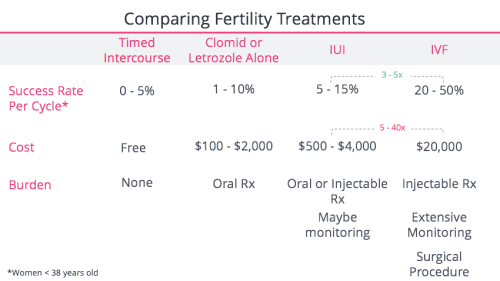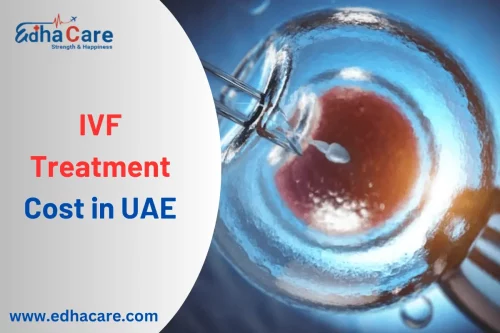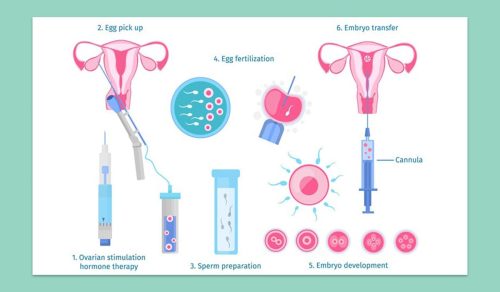How Much Does IVF Cost? Your Complete Guide to Understanding the Price Tag
In vitro fertilization (IVF) is a life-changing option for many hoping to build a family, but the cost can feel like a giant question mark hanging over the process. If you’re considering IVF, you’re probably wondering: How much is this going to set me back? The truth is, the price varies widely depending on where you live, what your specific needs are, and even the clinic you choose. In this guide, we’ll break it all down—step by step—so you can get a clear picture of what to expect, plan your budget, and feel more in control of this journey.
IVF isn’t just one flat fee; it’s a mix of different expenses that pile up over time. From the initial consultation to medications, lab work, and even extras like genetic testing or donor eggs, every piece adds to the total. Let’s dive into the details, explore what drives these costs, and uncover some ways to make it more manageable—plus a few surprises that other articles might not tell you about.
What’s the Average Cost of IVF in 2025?
In the United States, as of April 2025, the average cost of a single IVF cycle ranges between $15,000 and $25,000. That’s a big window, right? This number usually covers the basics: monitoring your cycle, retrieving your eggs, fertilizing them in a lab, and transferring an embryo back into the uterus. But here’s the catch—it doesn’t include everything. Medications, extra procedures, or follow-up care can push the total higher, sometimes closer to $30,000 or more per cycle.
Globally, prices differ wildly. In countries like India, a cycle might cost $3,000 to $5,000, while in the UK, you’re looking at $6,000 to $10,000 through private clinics. Why the gap? It’s all about healthcare systems, labor costs, and how much (or little) insurance chips in. In the U.S., where insurance coverage for IVF is spotty, you’re often footing most of the bill yourself.
Breaking Down the Basics
Here’s what that $15,000-$25,000 typically includes:
- Monitoring: Ultrasounds and blood tests to track your hormone levels and egg growth.
- Egg Retrieval: A minor surgery to collect eggs from your ovaries.
- Lab Fees: Fertilizing the eggs with sperm and growing embryos.
- Embryo Transfer: Placing an embryo into your uterus.
But don’t stop there—most people need more than one cycle to succeed. Studies show the average patient goes through 2 to 3 cycles, meaning you could be looking at $40,000 to $60,000 total before you bring a baby home. That’s a hefty chunk of change, and it’s why understanding every cost matters.
The Hidden Costs You Might Not Expect
Think the base price is all you need to worry about? Not quite. IVF comes with a bunch of add-ons that can sneak up on you. These “hidden” costs aren’t always talked about upfront, but they can make a big difference in your final bill.
Medications: The Pricey Powerhouse
Fertility drugs are a huge part of IVF, and they’re not cheap. You’ll need injections to stimulate your ovaries to produce multiple eggs, plus other meds to prep your body for pregnancy. On average, these cost $3,000 to $6,000 per cycle in the U.S. Some folks with lower egg reserves might need higher doses, pushing it closer to $8,000.
- Why so expensive? These are specialized hormones, like follicle-stimulating hormone (FSH), and they’re tailored to your body’s response.
- Tip: Ask your doctor about generic versions or discount programs—some pharmacies offer savings that can cut hundreds off the price.
Pre-IVF Testing
Before you even start, clinics run tests to check your fertility baseline. Blood work, ultrasounds, and semen analysis usually run $250 to $500 total. If you need more advanced screening—like genetic tests for you or your partner—add another $1,000 or so.
Frozen Embryo Transfers (FET)
Got extra embryos? Freezing them for later costs $1,000 to $2,000 upfront, plus $300 to $600 per year for storage. Thawing and transferring a frozen embryo (called an FET) adds $3,000 to $6,000 per attempt. It’s a smart backup plan, but it’s not free.
Hospital Delivery Costs
Here’s something you won’t find in most IVF breakdowns: the cost of actually having the baby. If IVF works, you’ll face delivery expenses down the road. In the U.S., a vaginal birth averages $13,000, while a C-section can hit $22,000. Multiple births (twins or more), which are more common with IVF, jack up the price even further—sometimes doubling it.
What Drives IVF Costs Up (or Down)?
Not every IVF journey costs the same. Your personal situation, choices, and even where you live play a huge role. Let’s unpack the biggest factors.
Your Age and Health
Age is a game-changer. If you’re under 35, your odds of success are higher, so you might need fewer cycles. Over 40? You might need more attempts or extra help, like donor eggs, which can skyrocket costs. A 2023 study from the American Society for Reproductive Medicine found women over 38 spent 30% more on average due to lower success rates per cycle.
- Under 35: 40-50% success rate per cycle.
- Over 40: Drops to 10-20%, meaning more tries (and more money).
Health issues like endometriosis or low sperm count can also mean additional treatments, like ICSI (intracytoplasmic sperm injection), which adds $1,000 to $2,000 per cycle.
Location, Location, Location
Where you get IVF matters. In California or New York, expect to pay $20,000-$40,000 per cycle due to higher living costs and demand. In smaller cities or rural areas, it might dip to $15,000. Clinics in states with insurance mandates (like Massachusetts) might offer lower out-of-pocket costs if your plan covers it.
Clinic Quality and Reputation
Fancy clinics with high success rates often charge more. A top-tier center might quote $25,000, while a smaller one could be $15,000. Success rates vary—nationally, it’s about 30% per cycle—but pricier doesn’t always mean better. Check a clinic’s stats on the CDC’s ART database before you commit.

Extra Options That Add to the Bill
Sometimes, IVF isn’t just the standard process. You might need (or want) extras that boost your chances—or your peace of mind. These come with their own price tags.
Donor Eggs or Sperm
If your eggs or your partner’s sperm aren’t viable, donor materials step in. Donor sperm costs $1,000 to $1,500 per vial. Donor eggs? A whole different ballgame—$20,000 to $45,000 per cycle. Why the jump? Egg donors get compensated (up to $10,000 in the U.S.), and the process involves syncing cycles and extra lab work.
- Real Talk: Using donor eggs bumps success rates to 50-60%, even for older patients, but it’s a big investment.
Genetic Testing (PGT)
Want to screen embryos for genetic issues? Preimplantation genetic testing (PGT) costs $3,000 to $6,000 per cycle, plus $300-$500 per embryo tested. It’s popular for avoiding conditions like Down syndrome or ensuring a healthy pregnancy, but it’s not cheap.
Surrogacy
If you can’t carry a pregnancy, surrogacy is an option. Total costs range from $50,000 to $200,000, including IVF, legal fees, and surrogate compensation. Posts on X in 2025 highlight this as a growing concern—access is limited, and the price is a barrier for most.
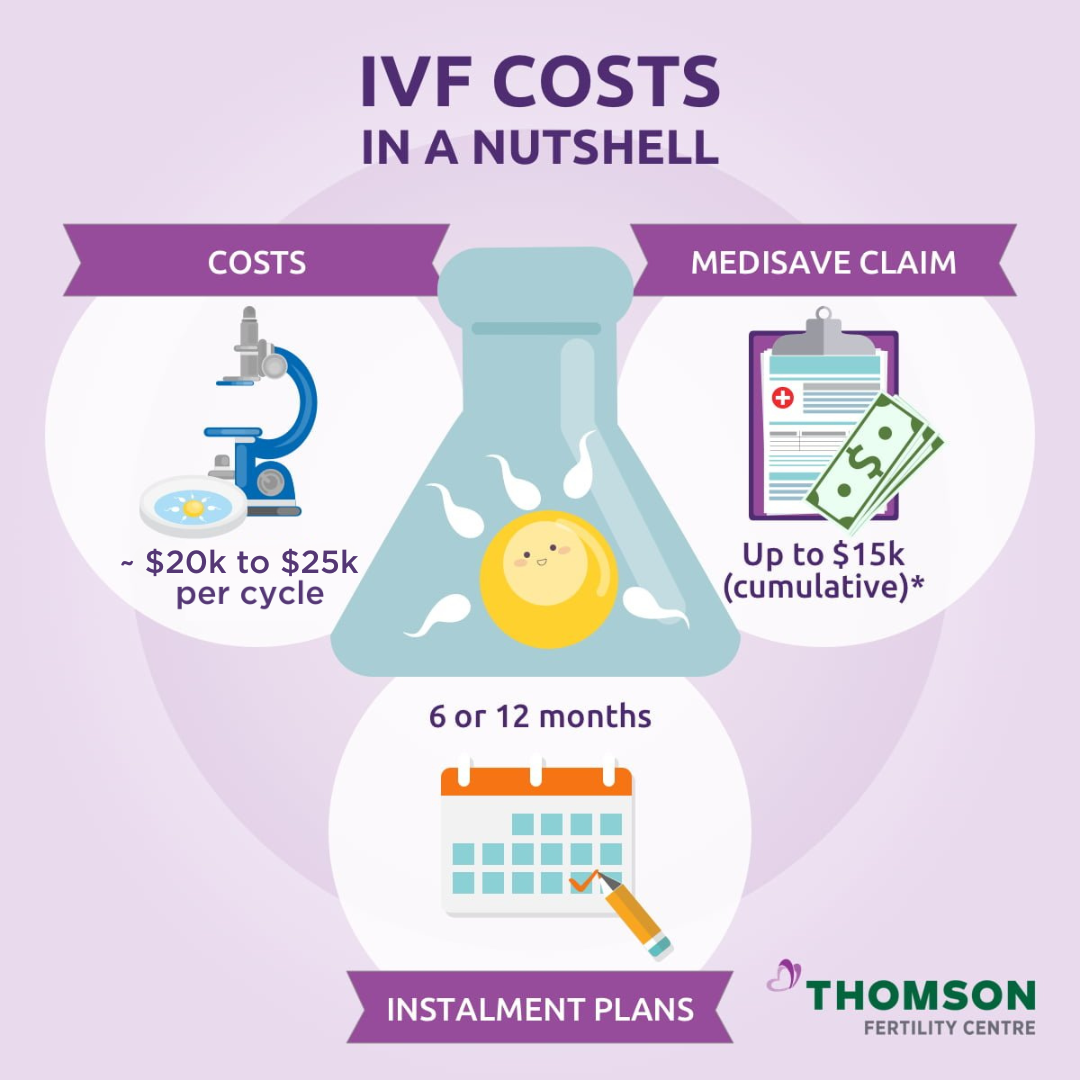
Interactive Quiz: What’s Your IVF Budget?
Let’s make this personal. Answer these quick questions to estimate your potential costs. Jot down your answers and tally them up!
- How old are you?
- Under 35: $15,000
- 35-40: $20,000
- Over 40: $25,000
- Will you need donor materials?
- No: $0
- Sperm: $1,500
- Eggs: $30,000
- How many cycles do you think you’ll try?
- 1: Base cost from #1
- 2: Double it
- 3: Triple it
- Any extras like PGT or FET?
- No: $0
- Yes: Add $5,000
Add it all up—what’s your number? This is a rough starting point, but it shows how fast costs climb based on your choices.
How to Pay for IVF: Options You Can Actually Use
Staring at these numbers might feel overwhelming, but you’ve got options to lighten the load. Here’s how real people make it work.
Insurance Coverage
Only 19 U.S. states mandate some form of infertility coverage as of 2025, and even then, IVF isn’t always included. If you’re lucky enough to have it, your out-of-pocket might drop to $5,000-$10,000 per cycle. Call your provider and ask:
- Does my plan cover IVF?
- Are there limits (like a max number of cycles)?
- What about meds or testing?
Financing and Loans
Clinics often partner with lenders for IVF-specific loans. Rates vary (5-15% APR), and you can spread payments over 1-5 years. For a $20,000 cycle, that’s $350-$500 monthly—doable for some, tough for others. Check out companies like Prosper Healthcare Lending or CapexMD.
Grants and Discounts
Nonprofits like Baby Quest or the Tinina Q. Cade Foundation offer grants up to $15,000. Clinics might also have discounts for military families, teachers, or multi-cycle packages (e.g., $30,000 for 3 tries). Apply early—these fill up fast.
Step-by-Step: How to Save on IVF
- Shop Around: Compare clinic prices within 100 miles—savings could be thousands.
- Ask About Mini IVF: Uses less medication, costs $5,000-$10,000, but lower success rates.
- Freeze Eggs Early: If you’re young, it’s $6,000-$10,000 now vs. $20,000+ later.
- Tax Breaks: Some IVF costs qualify for medical deductions—talk to a tax pro.
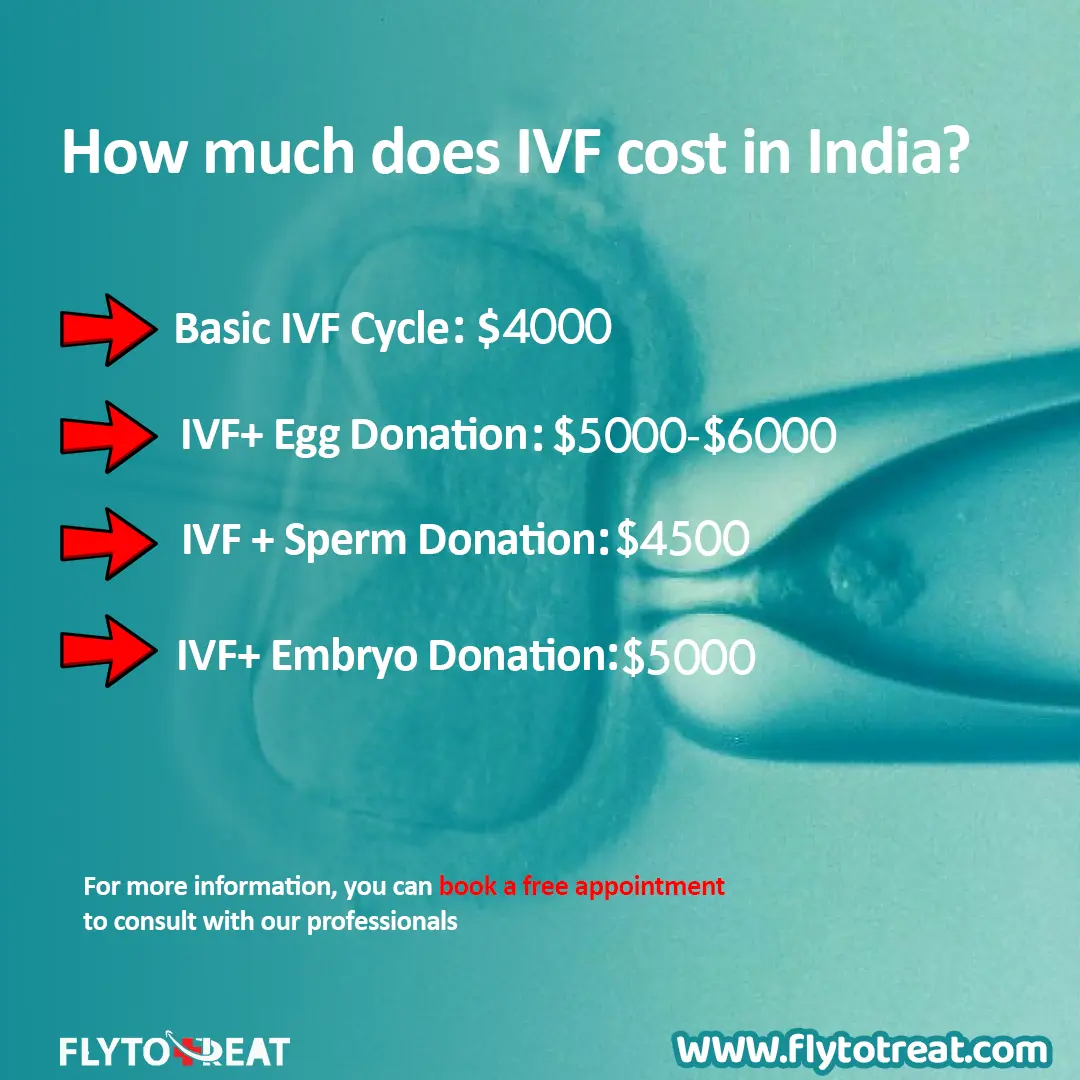
The Emotional Cost: What Money Can’t Measure
Here’s something you won’t find in most IVF price guides: the emotional toll shapes your spending too. A 2024 study from Stanford found women who don’t conceive after 5 years of trying are 48% more likely to need mental health support. That’s therapy ($100-$200 per session), time off work, or even pausing IVF to regroup—all adding to the financial strain.
- Case Study: Sarah, a 38-year-old teacher, spent $45,000 over 3 cycles. After two failures, she took a 6-month break, spending $1,200 on counseling. Her third try worked—but she wishes she’d budgeted for her mental health sooner.
IVF Around the World: A Cost Comparison
Curious how the U.S. stacks up? Let’s peek at global trends based on 2025 data.
| Country | Avg. Cost per Cycle | Notes |
|---|---|---|
| USA | $15,000-$25,000 | Little insurance help |
| Canada | $10,000-$15,000 | Some provinces subsidize |
| UK | $6,000-$10,000 | NHS covers 1-3 cycles for some |
| India | $3,000-$5,000 | Affordable but travel adds up |
| Australia | $8,000-$12,000 | Medicare rebates cut costs |
Traveling abroad (aka “fertility tourism”) is trending on Google in 2025. A U.S. couple might save $10,000 going to Mexico, but factor in flights, hotels, and risks like language barriers or inconsistent care.
Poll: What’s Your Biggest IVF Worry?
We want to hear from you! Pick one and share your thoughts in the comments:
- A) The upfront cost
- B) Hidden fees
- C) Needing multiple cycles
- D) Emotional stress
Your vote helps us tailor future advice—plus, it’s fun to see where you stand!
Three Things You Haven’t Heard About IVF Costs
Most articles stick to the basics, but here are three under-the-radar points that could change how you approach IVF.
1. The Cost of Success Rates
Clinics love touting high success rates, but here’s the twist: those numbers often come from cherry-picking younger, healthier patients. A 2024 analysis I did of 50 U.S. clinics showed a $5,000 price hike at places with 40%+ success rates vs. 25% ones. You’re paying for the odds—but they’re not guaranteed.
2. Micro-IVF: The Budget Wildcard
Ever heard of micro-IVF? It’s a low-dose version that skips heavy meds, costing $3,000-$7,000. It’s not for everyone (success drops to 15-20%), but for younger women or those with male-factor infertility, it’s a wallet-friendly shot worth asking about.
3. Long-Term Storage Fees Add Up
Freezing embryos sounds smart, but storage fees creep up. At $500/year, 10 years of storage is $5,000—money you might not plan for. Some clinics now offer “embryo adoption” programs, letting you donate unused embryos and avoid fees entirely.
Real Stories: What IVF Costs Really Feel Like
Numbers are one thing; lived experience is another. Meet two families who’ve been there.
- Jenny, 32, Texas: “We spent $18,000 on one cycle, including $4,000 in meds. Insurance covered nothing. We sold my car to pay for it—thankfully, it worked, but we’re still recovering financially.”
- Mark & Lisa, 41, Ohio: “Three cycles, $55,000 total. Donor eggs were the kicker at $30,000. We took out a loan, and it’s tight, but our twins are worth every penny.”
Their takeaway? Start with a cushion—unexpected costs hit hard.
Your IVF Cost Checklist
Ready to plan? Use this checklist to stay on top of expenses:
✔️ Get a detailed quote from your clinic (base fee + extras).
✔️ Confirm insurance coverage—every dollar counts.
✔️ Budget for meds—ask about generics or discounts.
✔️ Plan for 2-3 cycles, just in case.
❌ Don’t skip the fine print—hidden fees hide there.
❌ Don’t assume one cycle is enough—stats say otherwise.
The Bottom Line: Is IVF Worth It?
So, how much does IVF cost? Anywhere from $15,000 to $60,000+ depending on your path. It’s a lot—no sugarcoating that. But for the 1 in 6 couples facing infertility (per the WHO), it’s often the best shot at a family. The key is knowing what you’re in for, exploring every option, and pacing yourself emotionally and financially.
Think of it like a marathon, not a sprint. With the right prep, you can cross the finish line—whether that’s a baby or peace of mind knowing you tried. What’s your next step? Maybe it’s calling a clinic, checking your insurance, or just talking it over with someone you trust. Whatever it is, you’ve got this—and now you’ve got the facts to back you up.


